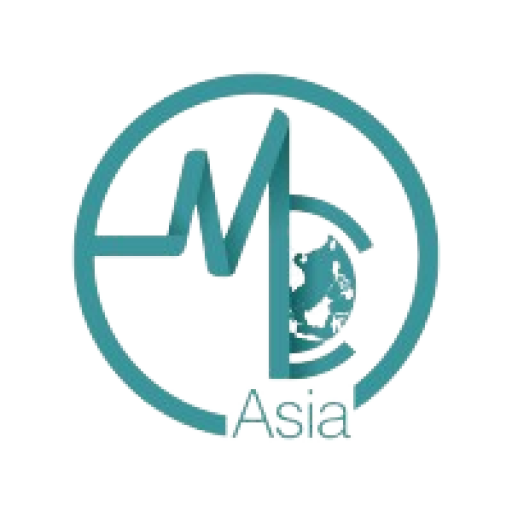What treatments are available for rosacea? Want to treat my face as it’s always very red and I look flushed all the time. Would like to get rid of it permanently if possible. Tx


Hello,
Sign up to join our community!
Treating rosacea effectively requires a multifaceted approach, as it is a chronic condition with no known cure. The goal is to manage symptoms, reduce flare-ups, and improve the appearance of the skin. Here’s a comprehensive overview of the treatment options available:
1. Lifestyle and Environmental Modifications
– Identify and Avoid Triggers: Common triggers include spicy foods, alcohol, extreme temperatures, sunlight, stress, and certain skincare products. Keeping a diary to track flare-ups can help identify personal triggers.
– Sun Protection: Use a broad-spectrum sunscreen with an SPF of at least 30 daily. Physical blockers containing zinc oxide or titanium dioxide are often better tolerated.
– Gentle Skincare: Use mild, fragrance-free cleansers and moisturizers. Avoid products with alcohol, menthol, or other irritants.
2. Topical Treatments
– Brimonidine Gel: This alpha-agonist can reduce persistent facial erythema by constricting blood vessels. It provides temporary relief from redness.
– Oxymetazoline Cream: Similar to brimonidine, it helps reduce redness by vasoconstriction.
– Metronidazole: An anti-inflammatory and antimicrobial agent that can help with both redness and papules/pustules.
– Azelaic Acid: This has anti-inflammatory properties and can help reduce redness and lesions.
– Ivermectin Cream: Effective for inflammatory lesions and may also help with redness.
3. Oral Medications
– Tetracycline Antibiotics: Doxycycline and minocycline are commonly used for their anti-inflammatory properties, particularly in moderate to severe cases with papules and pustules.
– Isotretinoin: In severe cases, low-dose isotretinoin may be considered, especially when other treatments fail.
4. Laser and Light-Based Therapies
– Pulsed Dye Laser (PDL) and Intense Pulsed Light (IPL): These treatments target blood vessels and can significantly reduce redness and visible blood vessels. Multiple sessions are often required, and maintenance treatments may be necessary.
– Nd:YAG Laser: Useful for deeper or larger blood vessels.
5. Other Considerations
– Camouflage Makeup: Green-tinted primers and concealers can help neutralize redness.
– Psychological Support: Given the impact of rosacea on self-esteem and quality of life, psychological support or counseling may be beneficial.
6. Emerging and Adjunctive Therapies
– Botanical and Natural Products: Some patients find relief with products containing niacinamide, feverfew, or licorice extract, which have anti-inflammatory properties.
– Dietary Modifications: Some evidence suggests that a diet low in inflammatory foods and rich in omega-3 fatty acids may help.
Long-term Management
While there is no permanent cure for rosacea, consistent management can lead to significant improvement. It is crucial to work closely with a dermatologist to tailor a treatment plan that addresses your specific symptoms and concerns. Regular follow-ups can help adjust treatments as needed and explore new options as they become available.
Final Thoughts
Given the chronic nature of rosacea, setting realistic expectations is important. While complete eradication of symptoms may not be feasible, significant improvement and control of the condition are achievable with a comprehensive and personalized treatment approach. If you have not yet consulted a dermatologist, it would be beneficial to do so for a tailored treatment plan.